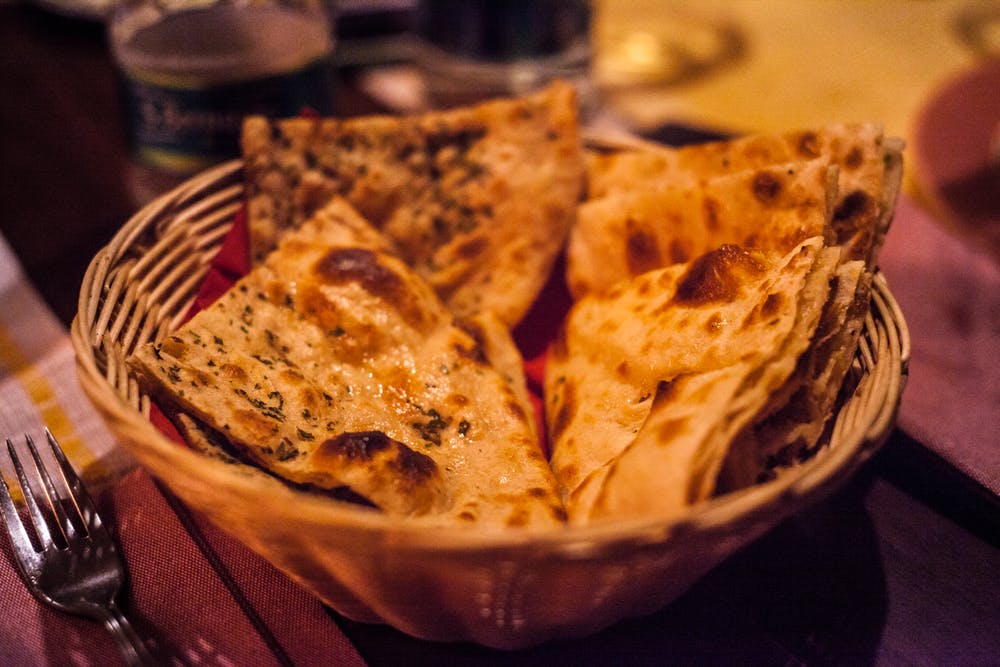Meet Aditi Saraf, she has been our client since 2.5 years. In Jan 2017, when we started, she had PCOD, was overweight and because she was facing problems conceiving, the couple was making the rounds through all infertility clinics in town.
5-6 months of eating right & exercising, not only her periods got regular, she lost tonnes of weight too. Click this link to hear her talk in the throwback video that we had published in 2017.
Though both me and her were happy with the way she was progressing with each passing month/year, yet the pressure on her was mounting, both from her family and her doctor who kept persuading her to go for IVF. “It is not going to happen naturally”, they insisted. “Yeh lifestyle se kya hoga. Does your nutritionist know more than the doctor?! “- conversations like these became commonplace at her home. Yet she stayed strong and with faith, patience and compassion towards her own self, she walked the path of consistency and discipline.

And then, one fine day, it just happened-Without any treatment, any pills, any medicines. A natural pregnancy. Aditi is currently 6 months pregnant and happy. From “kaise hoga?” the conversations at her home has changed to “Yeh toh kamaal ho gaya”😀







